
Austrian GP Wednesday via AMUS
Looks like Force India have brought two different wings to Austria.

Would the bottom wing be less sensitive behind traffic given the bigger and less split wing sections?godlameroso wrote: ↑05 Jul 2017, 22:28Makes sense, probably evaluating where they make up more time, sector 1 or 3.
On Ferrari's 1st front wing 1st element was deep then got split into two elements. I read the split would have given better overall downforce but more sensitive to dirty air. Could you explain why it's wrong?
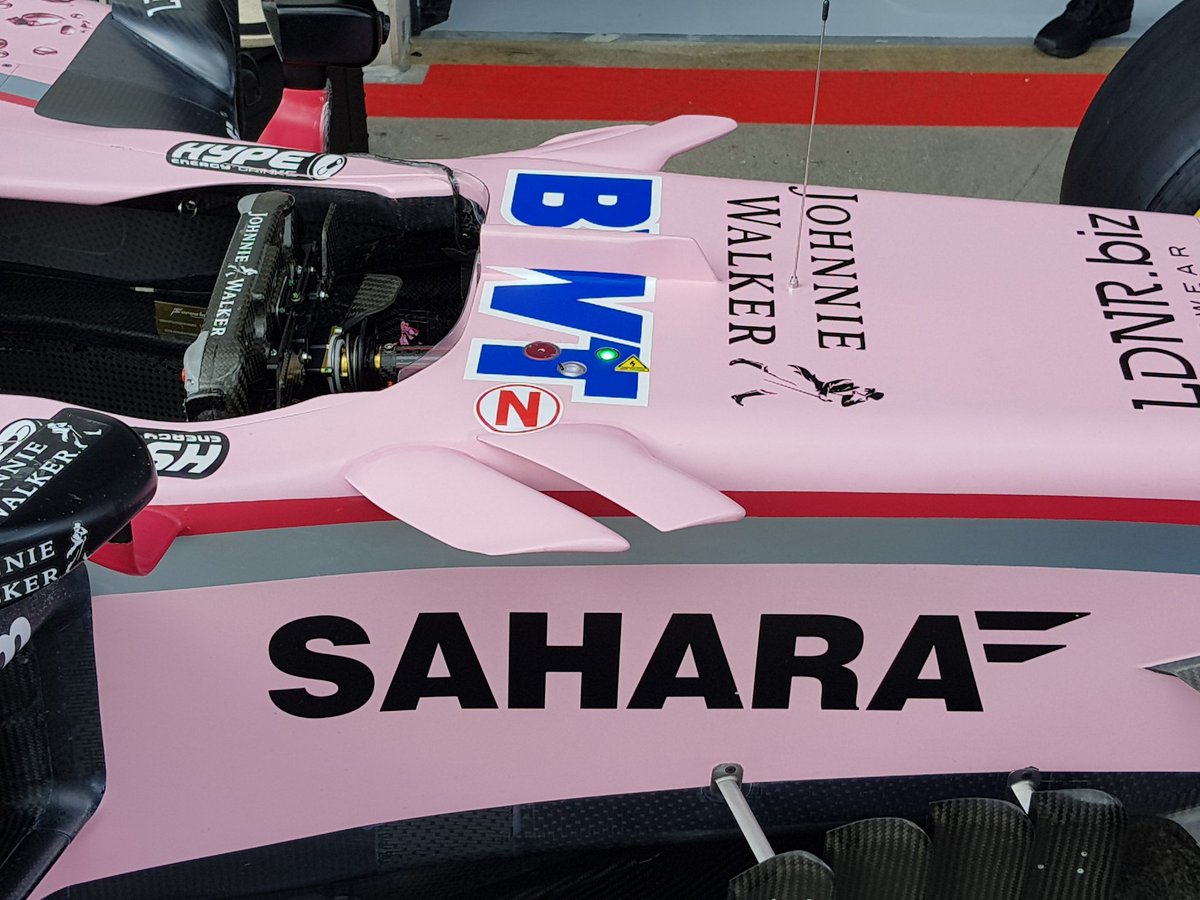
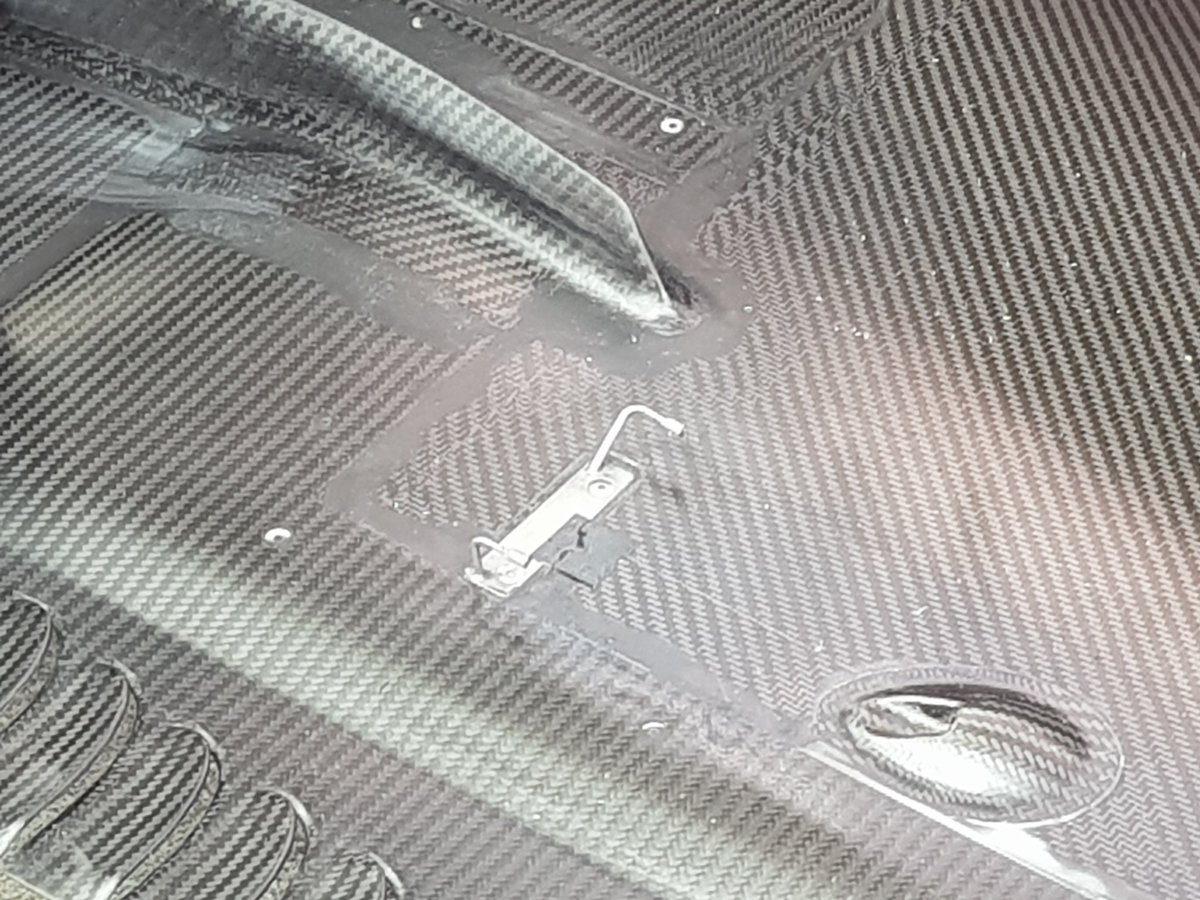

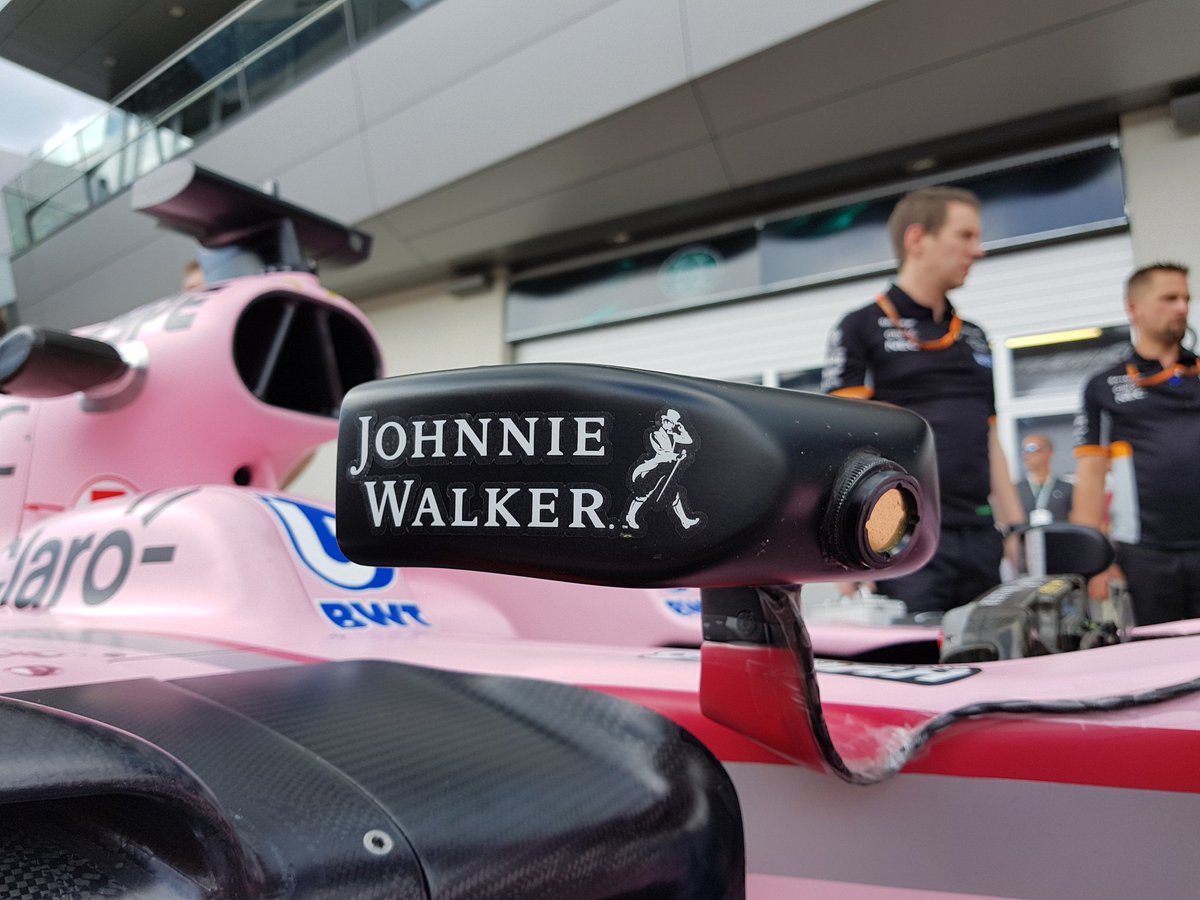

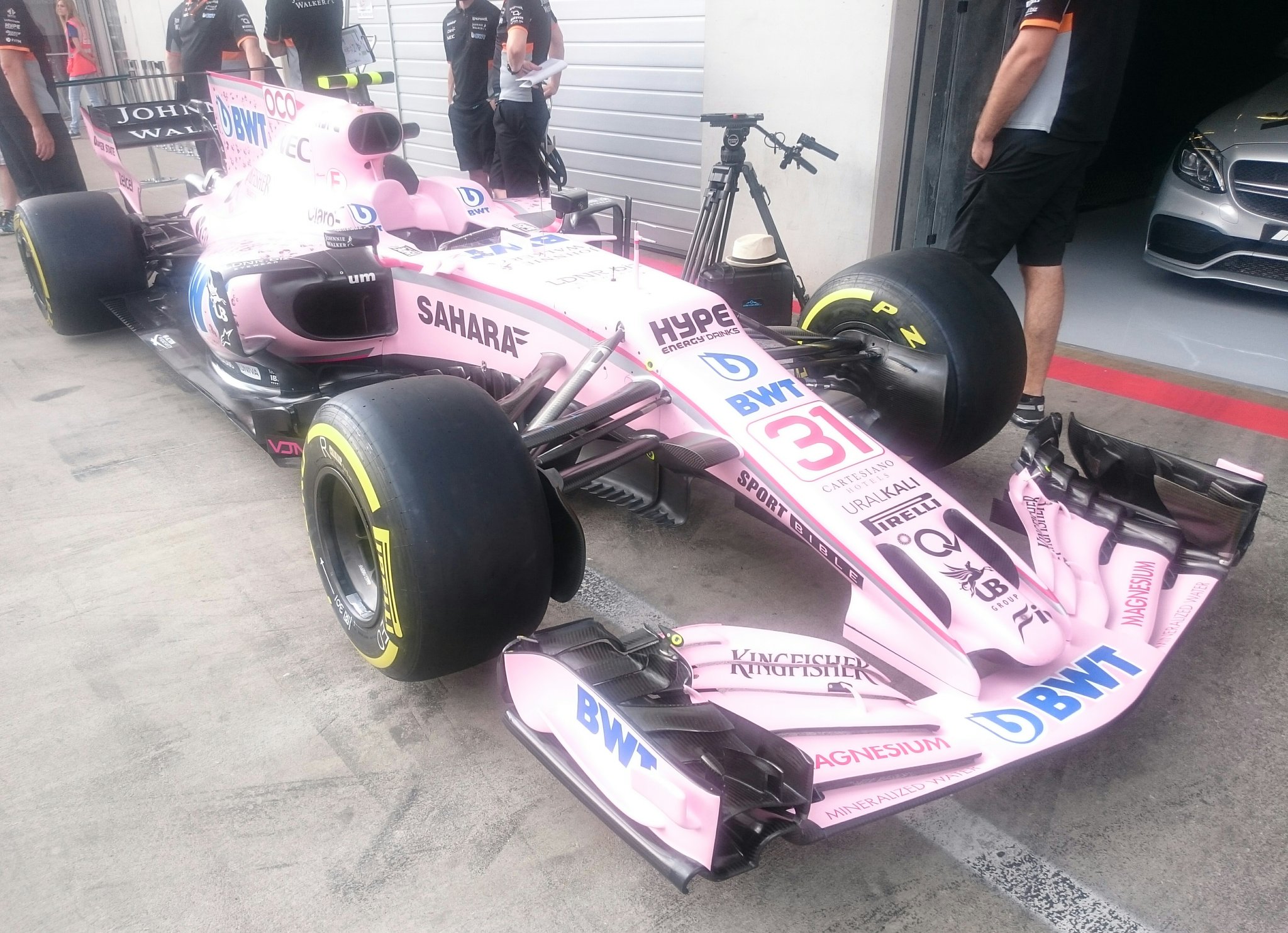
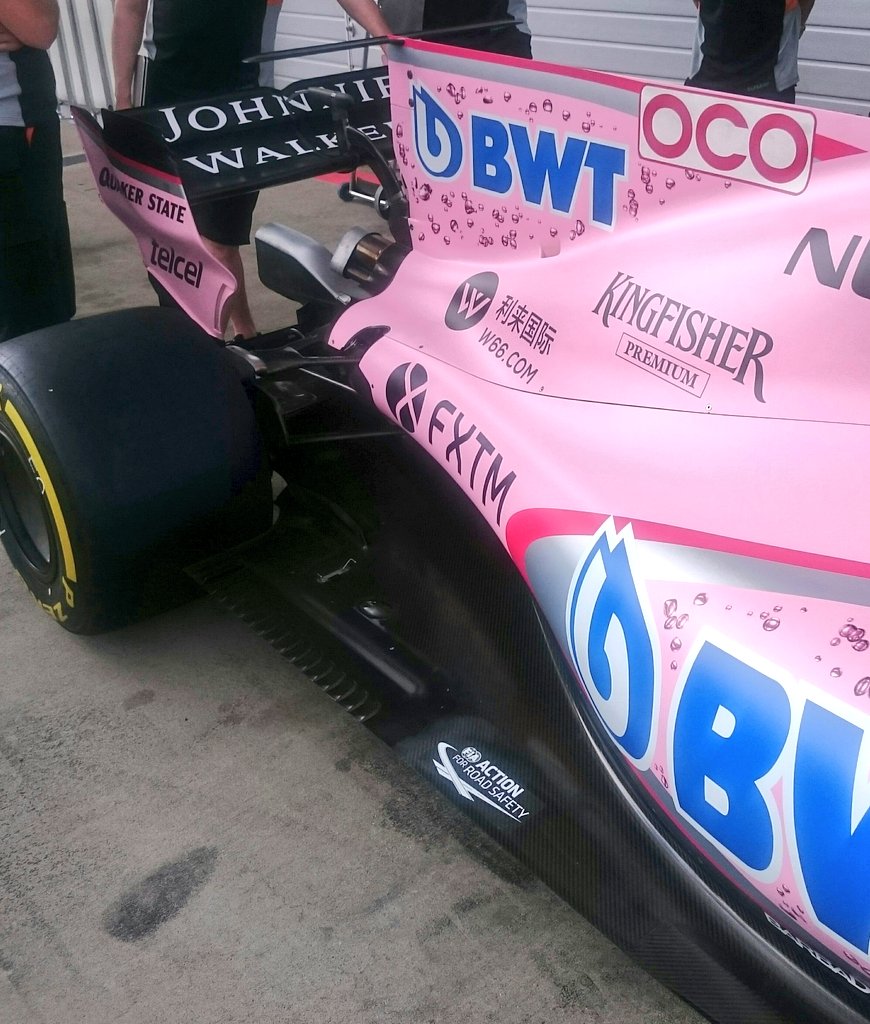
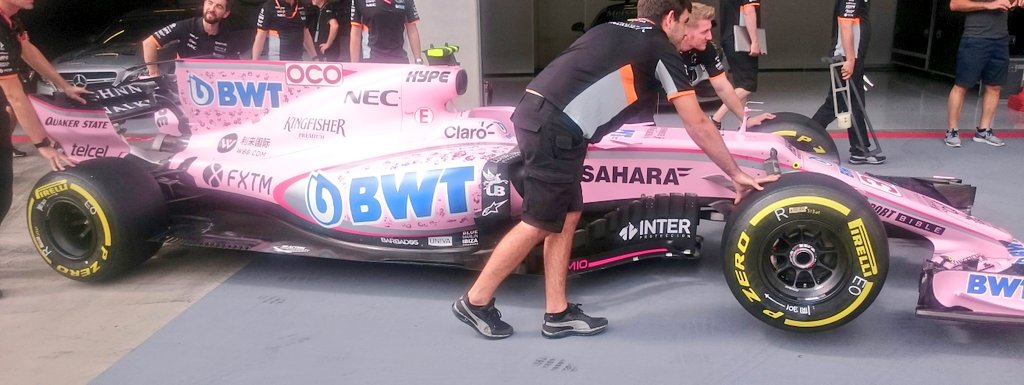


No, just no. Most wings, especially those in F1 are not subject to laminar flow at all.godlameroso wrote: ↑06 Jul 2017, 00:11Fewer and larger elements are more sensitive because they depend on laminar flow over a greater surface area. Smaller but more numerous elements are less sensitive because each element requires less laminar flow per area to affect the surface.
That's why birds have many small feathers with further divisions instead of just a few large fixed ones.
If you want to learn about aerodynamics, you have to consult the best of the best, no one has more experience with flight than someone that was built by nature to do it. Either that or a real bird brain, hell I wouldn't be surprised if Newey has a falcon or two.
I guess they work in a vacuum.trinidefender wrote: ↑12 Jul 2017, 20:53No, just no. Most wings, especially those in F1 are not subject to laminar flow at all.godlameroso wrote: ↑06 Jul 2017, 00:11Fewer and larger elements are more sensitive because they depend on laminar flow over a greater surface area. Smaller but more numerous elements are less sensitive because each element requires less laminar flow per area to affect the surface.
That's why birds have many small feathers with further divisions instead of just a few large fixed ones.
If you want to learn about aerodynamics, you have to consult the best of the best, no one has more experience with flight than someone that was built by nature to do it. Either that or a real bird brain, hell I wouldn't be surprised if Newey has a falcon or two.
Wing elements stalling is a result of a decreasing pressure gradient that is too high. Wings with smaller but more numerous elements at the same AoA will stall later because the slots allow airflow to move to the low pressure side of the wing. This reduces the pressure gradient.
Do some more research on laminar flow.
A vacuum? What are you talking about?godlameroso wrote: ↑12 Jul 2017, 23:00I guess they work in a vacuum.trinidefender wrote: ↑12 Jul 2017, 20:53No, just no. Most wings, especially those in F1 are not subject to laminar flow at all.godlameroso wrote: ↑06 Jul 2017, 00:11Fewer and larger elements are more sensitive because they depend on laminar flow over a greater surface area. Smaller but more numerous elements are less sensitive because each element requires less laminar flow per area to affect the surface.
That's why birds have many small feathers with further divisions instead of just a few large fixed ones.
If you want to learn about aerodynamics, you have to consult the best of the best, no one has more experience with flight than someone that was built by nature to do it. Either that or a real bird brain, hell I wouldn't be surprised if Newey has a falcon or two.
Wing elements stalling is a result of a decreasing pressure gradient that is too high. Wings with smaller but more numerous elements at the same AoA will stall later because the slots allow airflow to move to the low pressure side of the wing. This reduces the pressure gradient.
Do some more research on laminar flow.